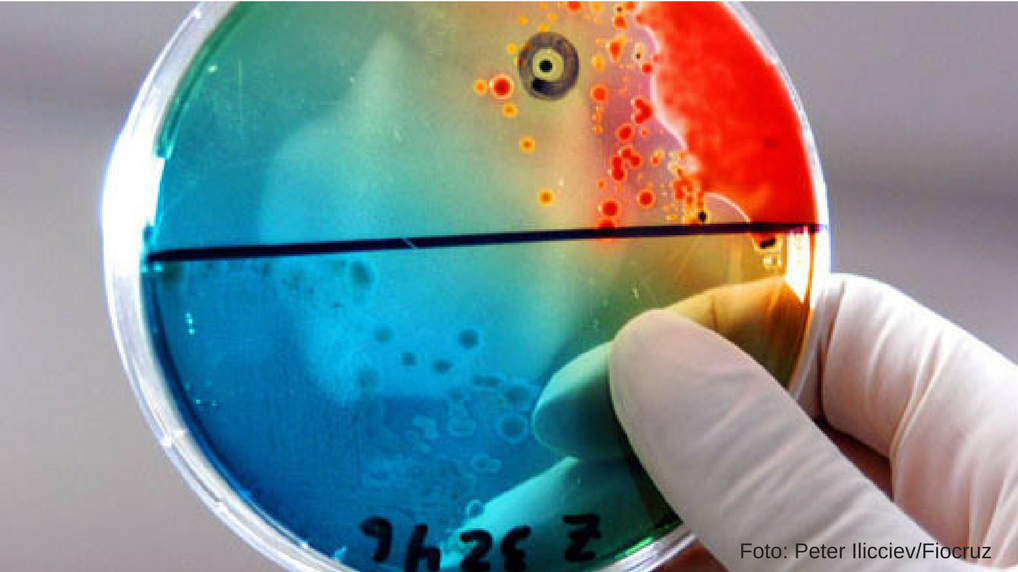
At Fiocruz, the oldest collections began to be composed in the early 20th century, when, during scientific expeditions, institutional researchers collected, analyzed and deposited biological material from different regions of Brazil. Currently, there are 31 collections that are institutionally recognized and that have the support of Fiocruz for its maintenance and safeguarding.

They are divided into four categories: Microbiological collections, Zoological collections, Histopathological collection and Botanical Collection. The specimens reveal the genetic diversity of archaea, bacteria, fungi, protozoa, helminths, arthropods, mollusks of medical and environmental importance, human and animal histopathological as well as exsiccates - dried and pressed samples - of medicinal plants.
They constitute the epidemiological memory and record of variations occurring in etiological agents over time. They represent the genetic populations of organisms related to public health research and microbiological collections with various potentialities for biotechnology. As sources of genetic resources, the biological collections of Fiocruz offer qualified products and services for applications in Research, Development and Innovation (R,D&I), which include, for example, the production of inputs for diagnostics, vaccines and medicines. Discover more about the Management of Biological Collections at Fiocruz.